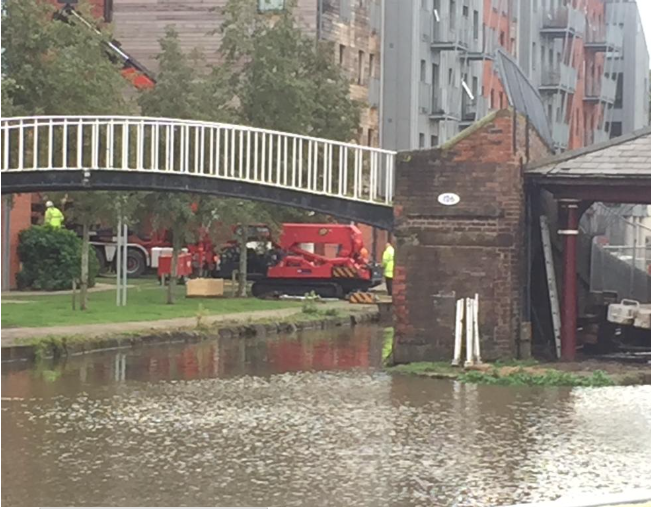Lock gates are mainly constructed of wood and they need to be replaced every 25 years or so, however it is believed the dry dock lock gates were last replaced in the 1980’s.
As part of the work being done to the dry dock culvert CRT’s engineers decided that the gates were unsafe and needed replacing.
This was very welcome news and on the 12th February 2020 the boatyard was told
“I can confirm that our engineers have already put in a request to our workshops to have the new gates produced and to programme in the fitting, however the actual timescales are not yet known. We appreciate your requirement to get the Dock running as soon as possible and that you are taking bookings. It is hoped that the work can be done as close to the ongoing culvert work as possible however there is likely to be a gap, as there is at least a 12-week lead-in period for production.”
Alistair Staton Business Boating Property Surveyor
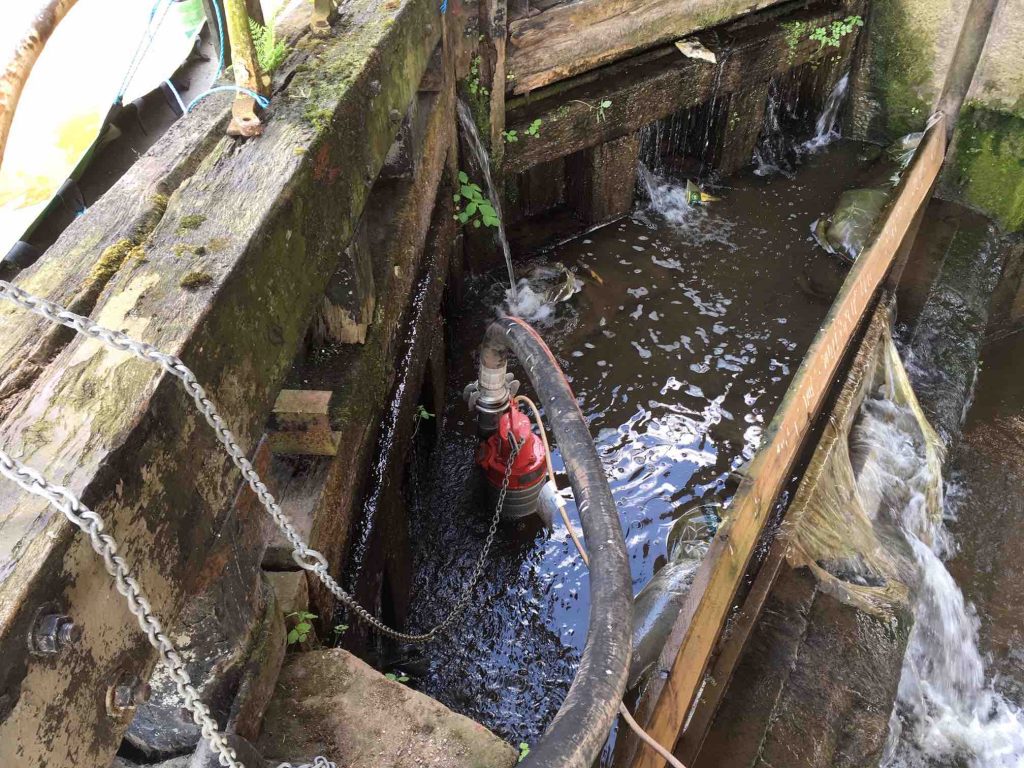
Meanwhile the work being carried out to the dry dock culvert required the dock to be empty. Placing a tarpaulin over the existing gates negated any safety concerns for those who were working inside the culvert, as Kier Construction Plc demonstrated in the photo above.
The dry dock is a Grade II listed building and the lock gates are part of this listing. Normally the replacing of any lock gates is done on a like-for-like basis. If this had been done here there would have been no need for any listed building consent for this part of the works.
Unfortunately CRT’s engineers took the decision to modify these lock gates and just ignore the requirement for listed building consent. This makes their modifications unlawful and therefore the lock gates are regarded as unsafe.
The process of obtaining listed building consent is well known to CRT. This can be seen in the modifications they made to the nearby Northgate locks. Approved listed building consent 18/03538/LBC.
Replacement lock gates are designed, constructed and installed by CRT.
CRT’s engineers visited the dry dock many times to measure up the gates and they decided new stop planks would be required.
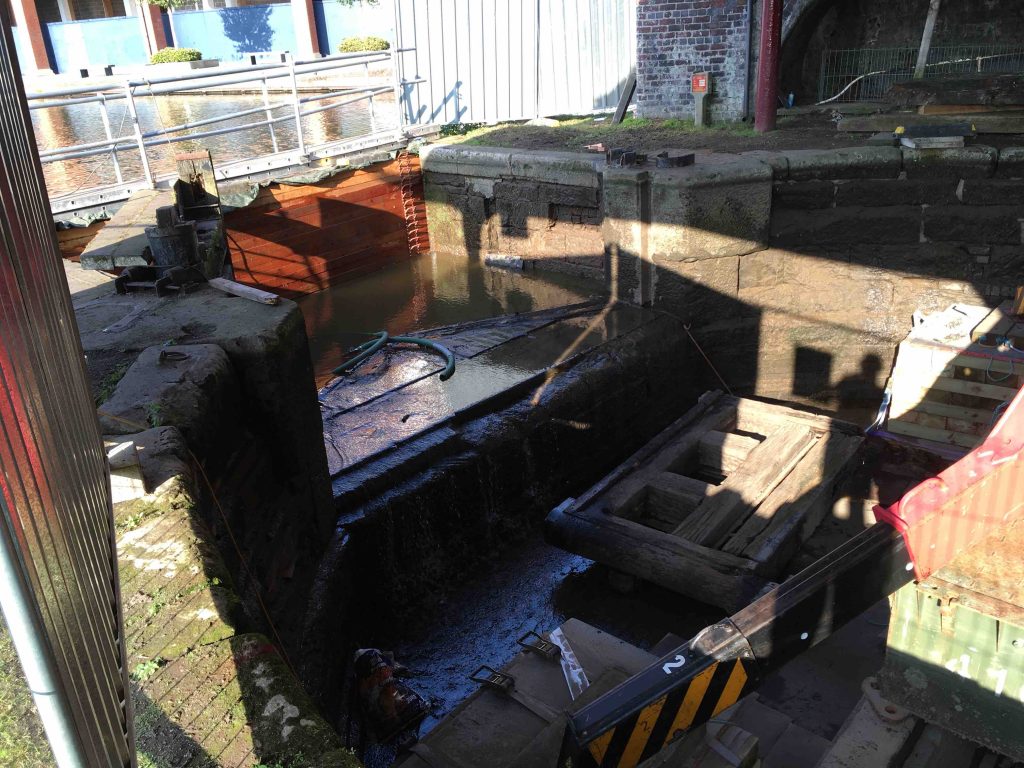
The old gates had a sluice on each gate, often called gate paddles. One of these gate paddles had failed some time ago and the mechanism removed.

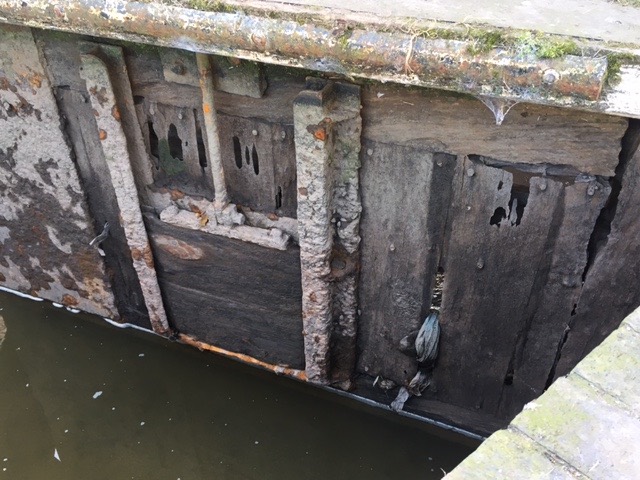
The new replacement gates had been modified with one of the gates now not having a gate paddle.

During the installation of the modified lock gates the dry dock had to be emptied and refilled several times. This was to prepare for the installation of a crane.
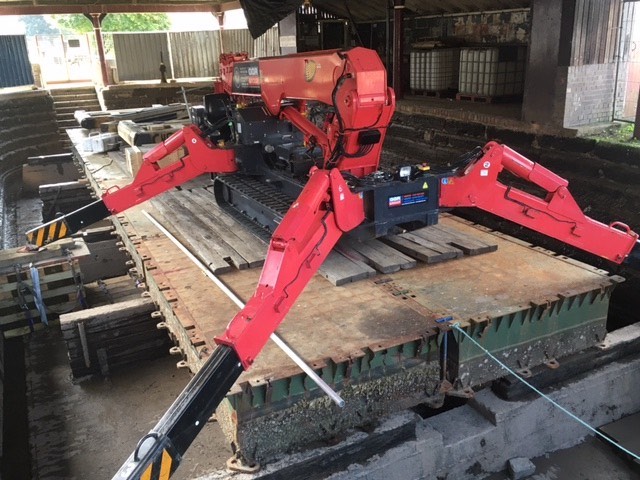
Using the newly modified culvert these few times caused much of the new inlet to be washed away exposing the spray foam and sandbags.
On one occasion the undersized plastic pipe blocked with debris.
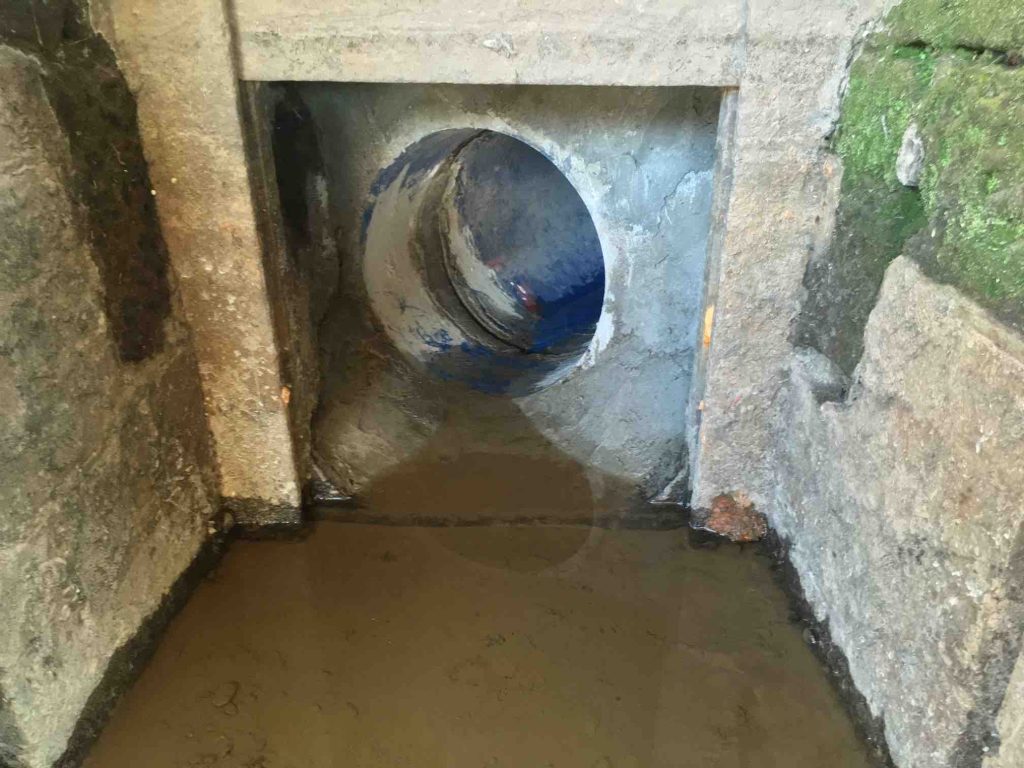
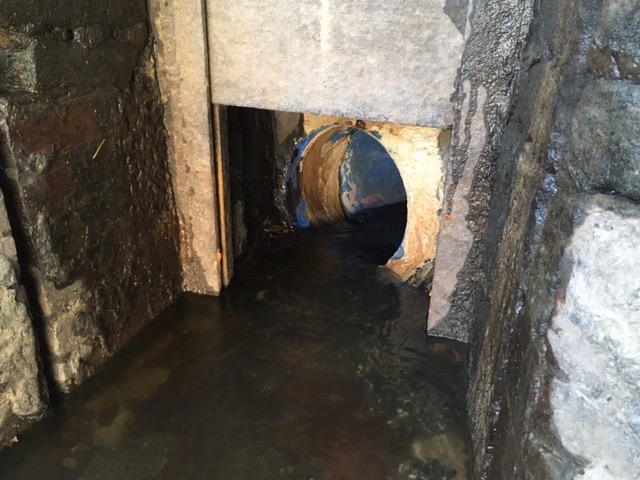
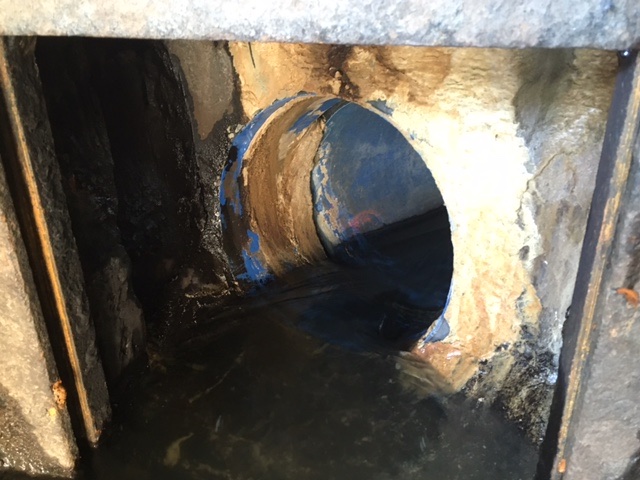
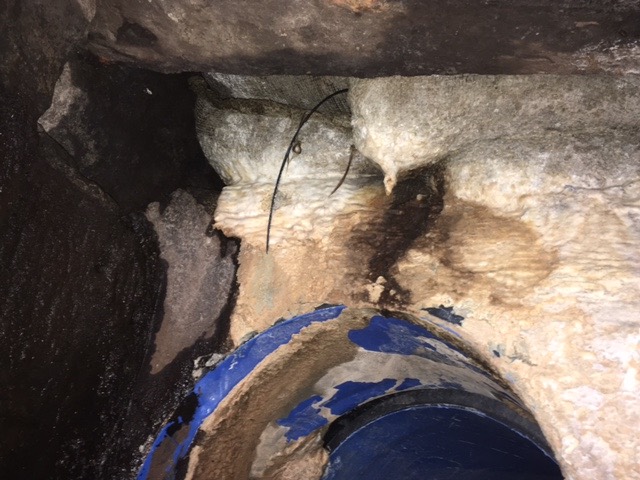
The replacement lock gates had been modified with only one gate paddle.
Precise control is required when refilling the dry dock. Only having one gate paddle will cause very strong circular currents making controlling boats during the refilling difficult and hazardous.
This was the dangerous and out of control situation that happened to the CRT operatives when they re-floated their crane barge.

One of the extendable crane legs, shown in an earlier picture above, was damaged by the uncontrolled re-floating. Part of this damaged leg can be seen on the quayside awaiting loading onto the transport.
